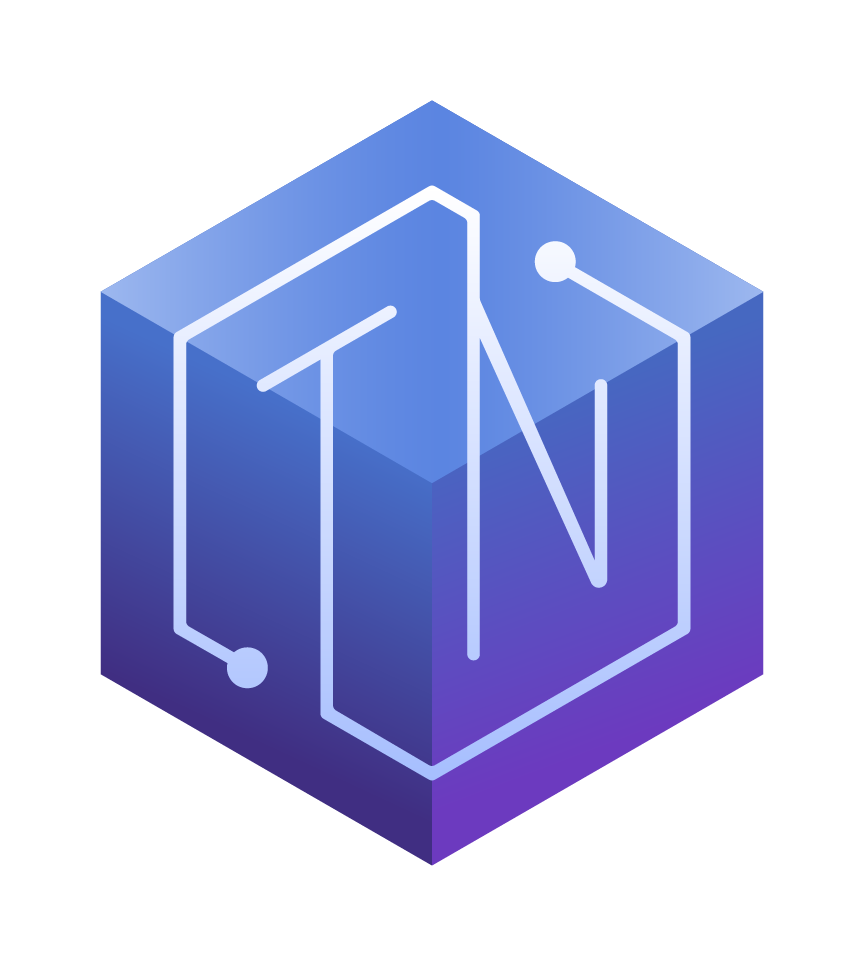
TrustNFT priceTRUSTNFT
TRUSTNFT/USD price calculator
TrustNFT market Info
Live TrustNFT price today in USD
Do you think the price of TrustNFT will rise or fall today?
Now that you know the price of TrustNFT today, here's what else you can explore:
How to buy TrustNFT (TRUSTNFT)?How to sell TrustNFT (TRUSTNFT)?What is TrustNFT (TRUSTNFT)What would have happened if you had bought TrustNFT (TRUSTNFT)?What is the TrustNFT (TRUSTNFT) price prediction for this year, 2030, and 2050?Where can I download TrustNFT (TRUSTNFT) historical price data?What are the prices of similar cryptocurrencies today?Want to get cryptocurrencies instantly?
Buy cryptocurrencies directly with a credit card.Trade various cryptocurrencies on the spot platform for arbitrage.TrustNFT price prediction
When is a good time to buy TRUSTNFT? Should I buy or sell TRUSTNFT now?
What will the price of TRUSTNFT be in 2026?
In 2026, based on a +5% annual growth rate forecast, the price of TrustNFT(TRUSTNFT) is expected to reach $0.0001881; based on the predicted price for this year, the cumulative return on investment of investing and holding TrustNFT until the end of 2026 will reach +5%. For more details, check out the TrustNFT price predictions for 2025, 2026, 2030-2050.What will the price of TRUSTNFT be in 2030?
About TrustNFT (TRUSTNFT)
The Historical Significance and Key Features of Cryptocurrencies
Cryptocurrencies have been a disruptive force in the global financial industry since the creation of Bitcoin in 2009. The development of these digital assets marked a paradigm shift in the way people view and conduct monetary transactions. This article will explore the historical significance of cryptocurrencies and highlight their key features.
Historical Significance of Cryptocurrencies
For centuries, our financial systems and transactions have been controlled by centralized entities, such as banks and governments. However, the creation of Bitcoin, set in motion by an individual or group named Satoshi Nakamoto, marked a departure from this centralized system towards a decentralized model, where trust is established not by a central authority but within the network itself.
Bitcoin was the first example of decentralized digital cash which could be sent peer-to-peer without a financial institution acting as an intermediary. Nakamoto's whitepaper, suggesting its creation, in 2008, was perfectly timed with the global financial crisis, bringing into focus the risks associated with centralized models.
The introduction of cryptocurrencies, thereby, carries historical significance as it offered a fresh solution to reduce dependency on failing banks and corrupt governments. It allowed individuals complete control over their funds, forcing the world to think anew about what money could mean in the digital age.
Since then, the crypto universe has expanded rapidly with over 4000 cryptocurrencies available in the market. They have evolved beyond just being a medium of exchange to providing diverse applications in various sectors, such as finance, arts, supply chain, and more, thanks to the underlying blockchain">blockchain technology.
Key Features of Cryptocurrencies
Decentralization
One of the fundamental characteristics of cryptocurrencies is decentralization. They operate on distributed ledger technology or blockchain, which ensures no single entity can control the system. Each user in the network can validate and add transactions to the blockchain, promoting transparency and reliability.
Security
Cryptocurrencies use cryptographic techniques to secure transactions and control the creation of new units. The utilization of sophisticated encryption techniques makes cryptocurrencies exceedingly difficult to counterfeit.
Privacy and Anonymity
With cryptocurrencies, it's possible for users to keep their identities hidden. The pseudonymity feature gives users the flexibility to disclose their identity as per their will.
Limited Supply
Most cryptocurrencies, including Bitcoin, have a limited supply, thus making them inflation-resistant. This feature is intended to mimic the scarcity of precious metals and maintain the value of the cryptocurrency over time.
Fast and Cheap Transactions
Cryptocurrencies facilitate quick and inexpensive transactions, regardless of the amount or the geographical location of the sender and recipient. The elimination of intermediaries ensures reduced costs in comparison to traditional financial systems.
In conclusion, the historical significance of cryptocurrencies cannot be understated as they have brought about a transformative change to the financial landscape. Their fundamental features of decentralization, security, privacy, limited supply, and cheap transactions add to their appeal. As the world continues to digitize, the importance and potential impact of cryptocurrencies are set to soar, perhaps even redefining the entire concept of money.
TRUSTNFT/USD price calculator
TRUSTNFT resources
Tags:







